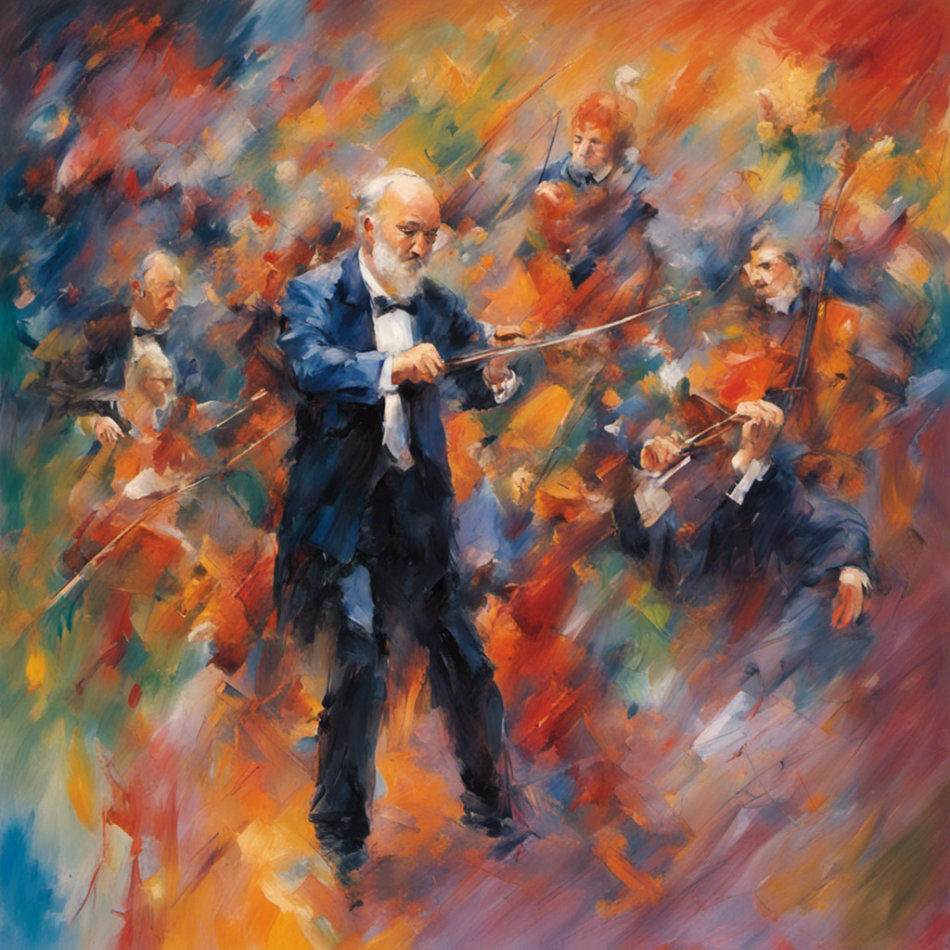Last year was a year of Camille Saint Saens and Franz Schubert for me. I have a much greater appreciation of their music today than I did a year ago. I’ve written a lot about Schubert (read it here). Today I want to zoom in on Saint Saens. After I wrote about his piano concertos (read it here), a reader suggested I listen to Saint Saens’ Symphony No. 3, also known as the Organ Symphony. Thank you! I cannot stop listening to it.
This is not so much a symphony for organ as a symphony for two orchestras – a traditional orchestra and organ. The organ has so much gravitas and its sound is so rich and powerful that it can be construed as an orchestra. The organ in this symphony adds an unexpected (at least for me) depth to the sound and amplifies emotions created by the main orchestra. Saint Saens wrote about this symphony, “I gave everything to it I was able to give. What I have here accomplished, I will never achieve again.” He dedicated it to his friend Franz Liszt.
Orchestre de Paris, Paavo Järvi, conductor


Have you listened to ottorino respigi’s Ancient Airs & Dances ..Suites #’s 1,2,& 3 ?
Best performance by : St. Paul – Minneapolis Orchestra
May I suggest you listen to tenor Joseph Calleja and soprano Miriam Gauci both Maltese and both of international fame. Calleja sung in Norma at the Met opening night this year.
Wow – that blew the top off of Thanksgiving Evening!
I heard the Organ Symphony live for the first time in 1967 while a college student. I was able to get the first seat at the level of the organ pipes at Symphony Hall with Charles Munch conducting the BSO with Berj Zamkochian as the organist with whom I was to later take a course at Boston College. It was and still is one of the most thrilling experiences of my life. The symphony is masterful in every respect and while it is in two sections, the latter of each for all practical purposes are the second and fourth movements, the organ is the core of both of these sections and is integral to the overall overwhelming effect of the symphony. It is not for nothing that Saint-Saens was called “the French Beethoven.”